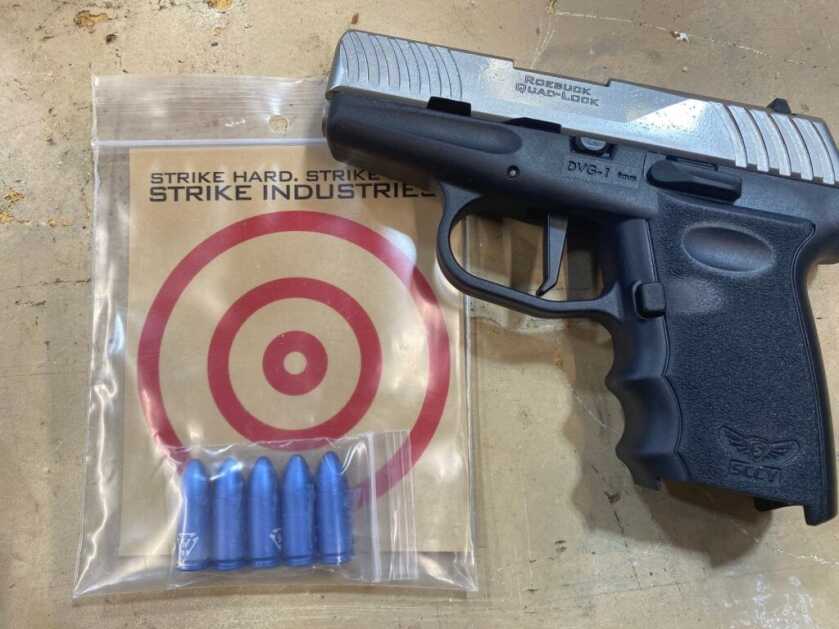
With the ammo shortage going around, it is a safe bet all of us are doing a lot more dry fire. And an often overlooked element of dry fire is having some dummies on hand. And probably not for the reason you think. But trust me, it is worth the $15.95 to have a set or two.
Do you need to have something in the chamber when you drop the hammer to prevent damage to the gun? Short answer, no. Not if your gun was built after about 1930, and it isn’t a rimfire. I have broken a firing pin from dry fire on a Cowboy Action lever gun, but the owner did the same all the time. He replaced it from his huge box of firing pins. My Glock? I dry fired for hours every night when I was on the competition circuit, and never once broke one. Any modern pistol or rifle should be fine with tens of thousands of dry fire cycles, with no problem.

Why the caps then? Two reasons and both of them make me prefer the aluminum snap caps from Strike Industries.
The first is something that happened to me personally when I started competing really hard in USPSA. I was shooting production class, which means 10 round magazines, which means you change magazines a lot. You basically always step up to the starting line with 5, counting the one in the gun. Because you have to reload so often, that is one of the primary things you start dry firing.
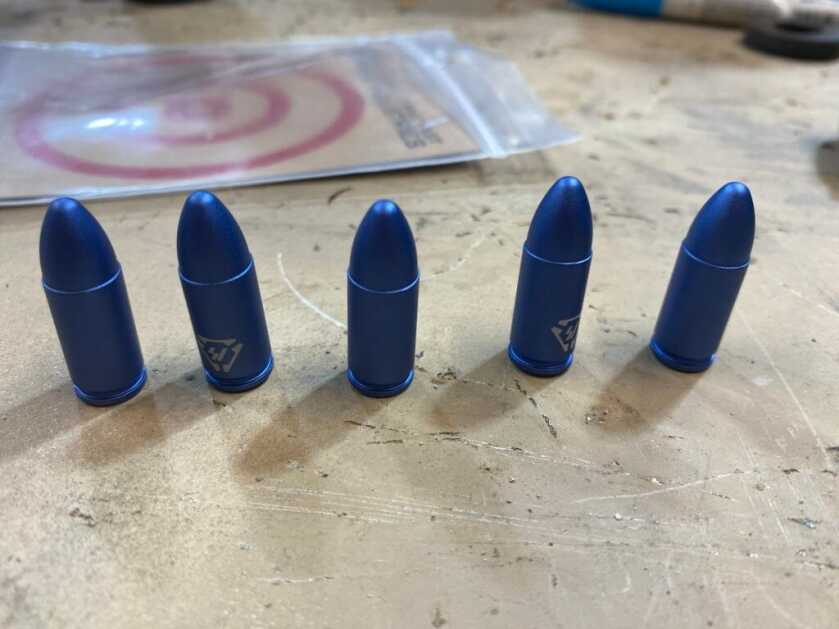
So I was working reloads for an hour or so per night, and something crazy happened. Somehow I got out of sequence and started closing the slide before the magazine was all the way inserted. Which I was fortunate enough to catch the next day at the live-fire range. I started training with snap caps that day. It made it easy to practice reloads, in a safe manner, that ensured I could always check if a round had chambered from a slide lock.
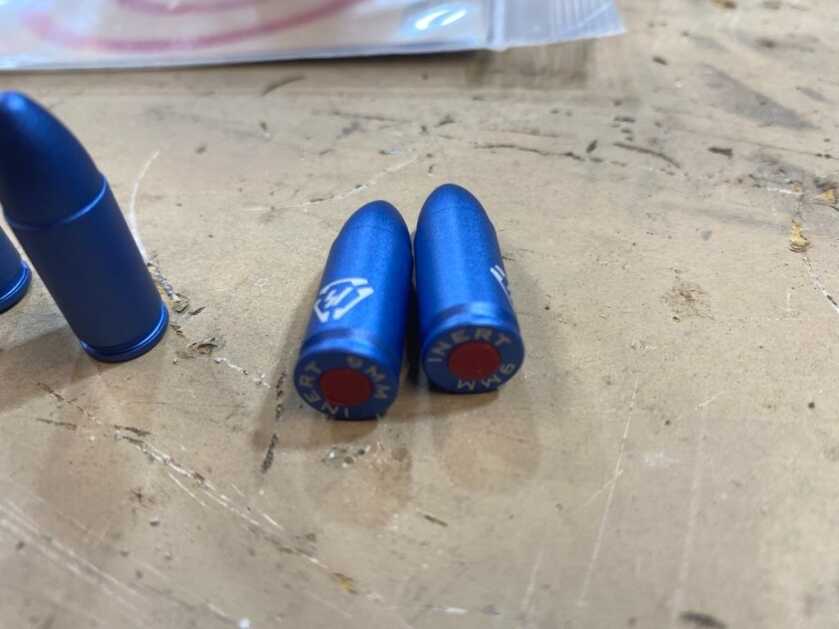
The second reason is a bit more esoteric. As ammo gets more and more scarce, you can bet we will all end up dealing with some lower quality ammo as time goes by. You may have already noticed it yourself. So while under pre-2019 conditions a striker fired gun may have malfunctioned one out of a thousand or more times, and a factory primer might have failed about one out of five thousand, that will change. So working malfunction drills is a lot more important than it use to be. And an absolutely perfect way to do that is to work dummy rounds into your magazines when it’s range time.
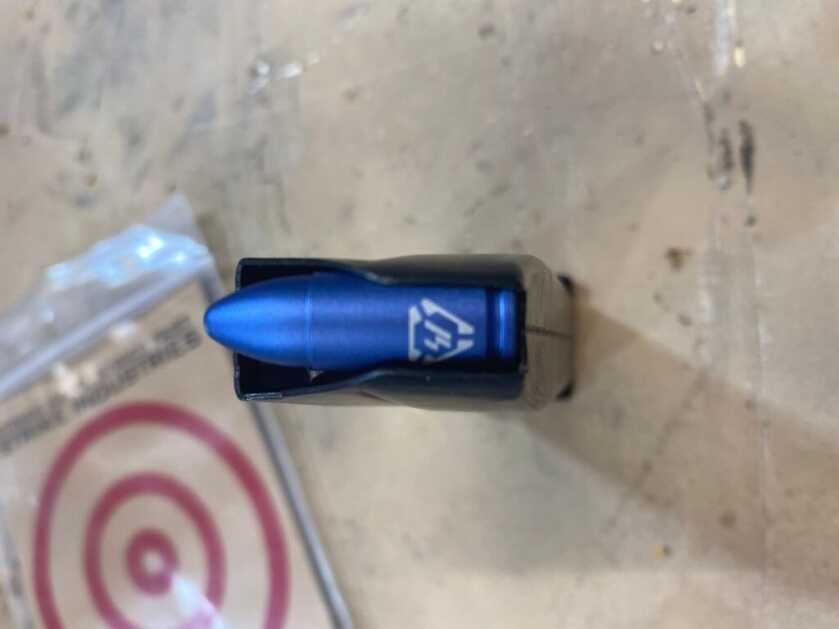
For this, I much prefer a metal dummy to a plastic one. It might be low odds, but letting a plastic dummy sit in a hot chamber sounds like a bad idea to me. Not to mention, the metal ones are much more durable and offer a longer service life.
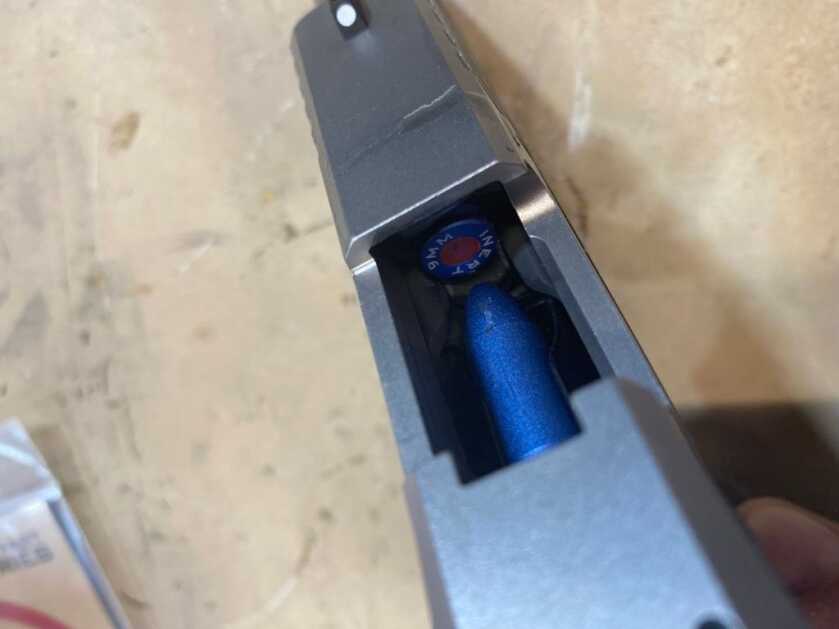
Or in a gun.

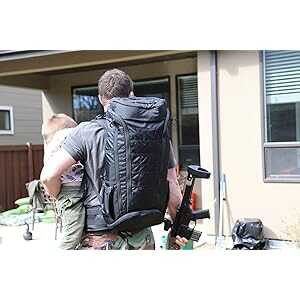
I almost bought a SCCY with a red dot for a low low price but instead got a Ruger LCP Max. for $329.99 +.
The SCCY looks OK but to many things seem to be potential problems and are not reliable for self-defense.